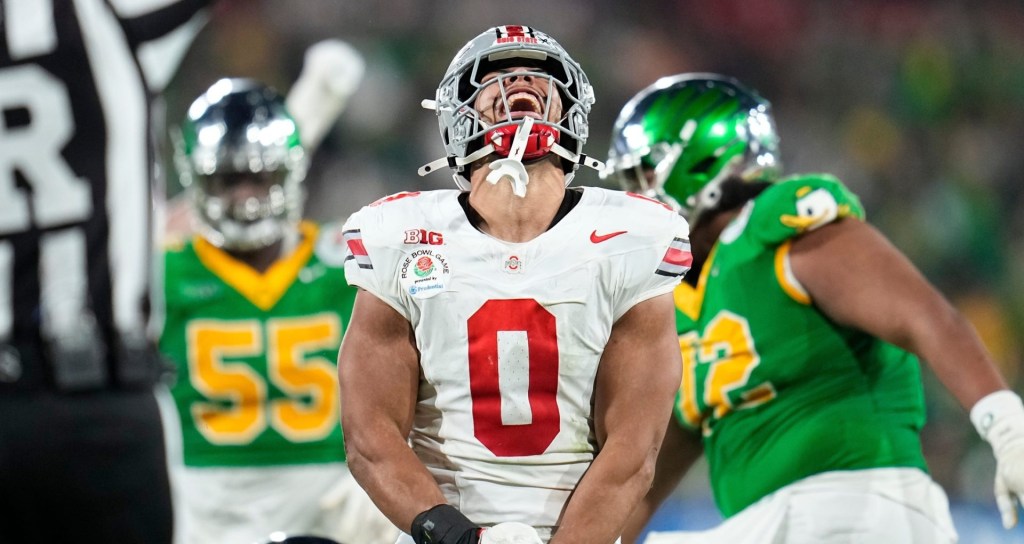
With the dog days of August making its way into September, it means the return of arguably college athletics’ biggest sport: college football.
Although much has been written about college football’s attendance struggles, that trend has yet to heavily impact the coffers of athletic departments. In the NCAA’s recent financial database report put together by USA Today, the University of Texas-Austin generated $219,402,579 – more than the 229 other public schools in Division I that are obligated to release this information. Private schools are not public institutions and are not required to release this information – as a result, they are not included in these figures.
Despite not sending any teams to the College Football Playoff each of the past two seasons, the Pac-12 had four schools finish top-25 in revenue during 2017-2018. After finishing 2018 as Pac-12 conference champions, the University of Washington saw $130,919,331 in revenue during 2017-2018 – which ranks 22nd nationally and is a 2.4% increase year-over-year. According to a University of Washington athletics department spokesperson, Huskies football and basketball generated $81.1 and $10.2 million in revenue, respectively. Ticket sales and licensing also brought in upwards of $29.2 and $54 million, respectively.
The Huskies are confident in their future. After leading the Pac-12 last season in both revenue generation and football attendance among public institutions, football season ticket revenue for 2019 is already up year-over-year. Even though its contemporaries are struggling, Washington is using its creativity to avoid any decline.
“We must continue to maintain and enhance our revenue streams, like football season ticket sales, as well as look for new revenue streams, while continuing to improve our philanthropy efforts with our supporters,” said a University of Washington athletics department spokesperson. “Also, maximizing our third-party partnerships, like our [10-year, roughly $120-million] Adidas apparel deal – and multimedia rights deal – is critical for the department’s growth.”
Outside of Texas and Washington’s impressive revenue totals, the SEC had 11 of its 14 schools finish in the top-30 – with the University of Mississippi rounding out the list at No. 30. Despite recovering from NCAA sanctions imposed in 2017, and finishing 5-7 in 2018, the Rebels’ athletic department generated a school-record $110,912,617. This placed them ahead of conference opponents Missouri and Mississippi State but well behind SEC-leading Texas A&M ($212,399,426).
According to Keith Carter, Ole Miss’ interim athletic director, the university is still dealing with issues stemming from past scandals. Every year each SEC member school receives upwards of $30 to 40 million in league revenue; the Rebels receive a smaller portion of that.
During 2017-2018, Ole Miss racked up $116,812,268 in total expenses and a net loss of $5,899,651 – the most among top-40 athletic departments. This has led Carter to cut 8.5% of the 2019 budget, which has already reduced expenses by $2 million. Going forward, Carter aims to be more transparent and hands-on about his department’s finances, for next year and beyond.
“This year we went to our coaches, we went to each union athletic department and said, ‘we need you guys to look into the budget and things that you could trim and we need to try to be more efficient,” said Carter. “Our coaches were great, our staff members were great – overall the consensus is that things are in a good place.”
Perhaps the most intriguing college institution to make the top-100 in revenue is the University of Alabama-Birmingham. Many know UAB for its decision to cut football from its athletics department following the 2014 season. Since being reinstated in 2017 however, Blazers football is thriving – both on and off the gridiron.
During the 2017-2018 season, UAB generated $34,736,287 in revenue – which, according to UAB Athletic Director Mark Ingram, was helped by the return of football to Legion Field. Before being cut in 2015, the Blazers finished its 2014 season fifth in Conference USA in average home attendance and sold only 1,700 season tickets. Heading into its 2019 season opener on Aug. 29 versus Alabama State, UAB was on pace to sell 11,000 season tickets – thanks to the momentum that preceded this.
Before returning in 2017, Ingram says that things began turning for the university when it signed a seven-year apparel deal with Under Armour in June 2016. The deal pays UAB $50,000 in rights fees and at least $1 million in product allowances annually between 2016 and 2022, respectively.
READ MORE: Travis Kelce Powers Up With Equity in Hilo Nutrition
When Blazers football made its return in 2017, so too did a revised fanbase. Their home opener drew 45,212 people to Legion Field – a season-high for both the team and Conference USA. By December, UAB ended the season with league-highs in total (153,252) and average (25,542) attendance and posted 20,000+ crowds in all but one of its contests. It also finished a perfect 8-0 at home en route to an appearance in the Bahamas Bowl.
While they
READ MORE: Will Tony Romo Become Biggest Free Agent in TV Sports History?
“There’s not a magic pill that’s going to solve this,” said Carter. “We got to chip away at it and be creative and put time and effort into it. I think that as we do that, that it’s going to start to grow organically. We’re going to see attendance at Ole Miss continue to grow and our teams become very, very successful.”
“We again have an opportunity to finish this year better than last – and last year was the best year we’ve ever had,” said Ingram. “I’m excited about the future and I have great hope and you just have to remember – some people love the quote, ‘hope is not a free energy-’ but I believe that hope is a true belief that the best is yet to come, and I’ve got great hope in the Blazers.”
















